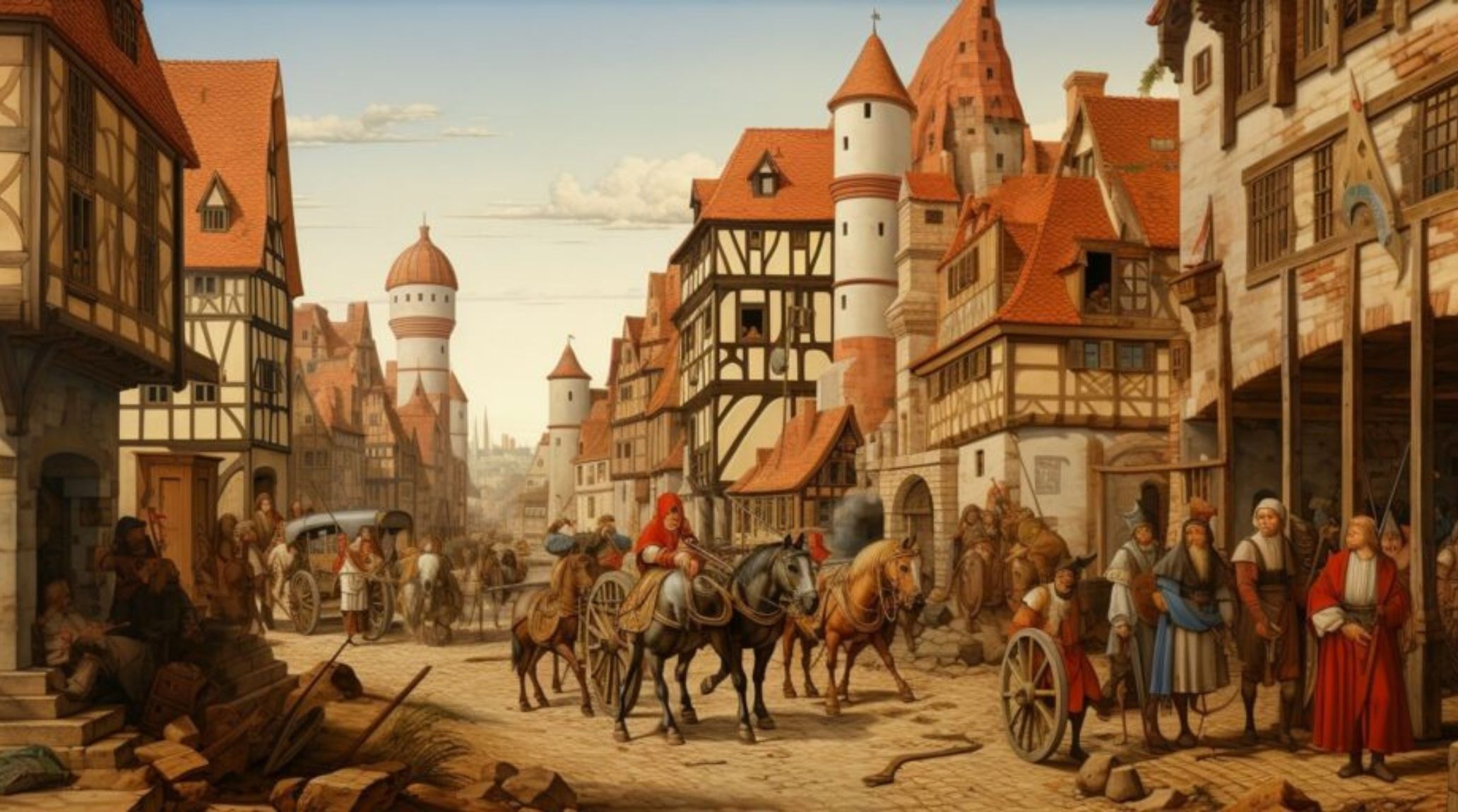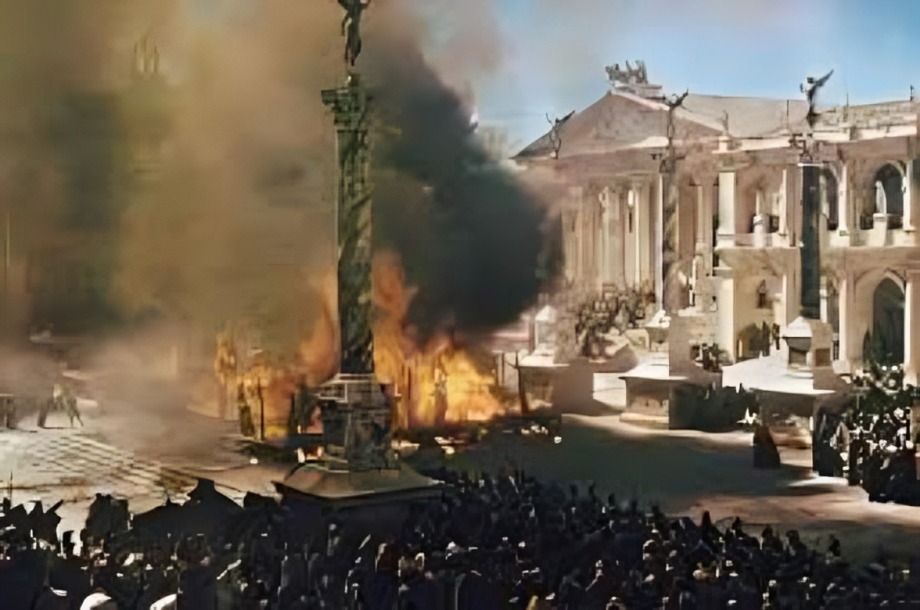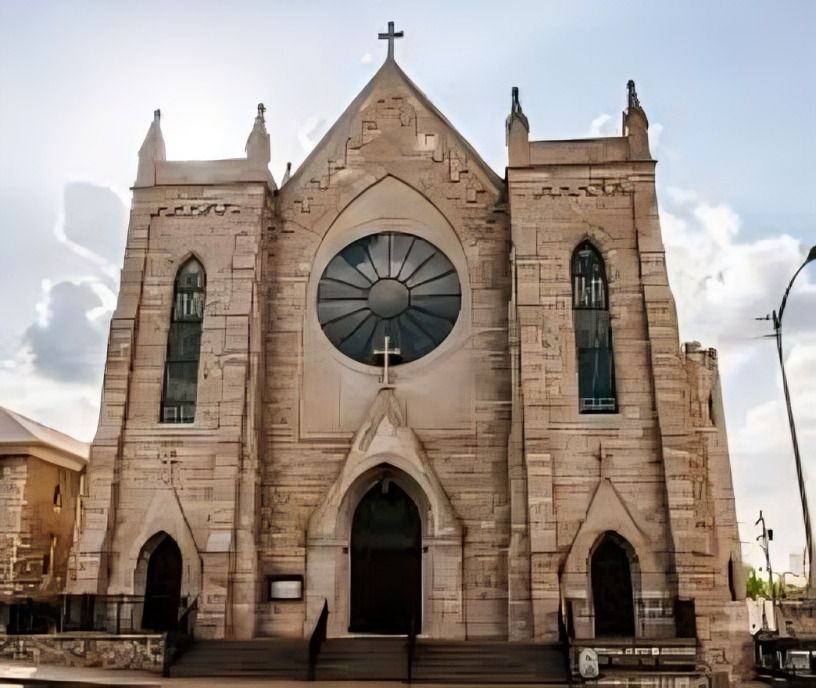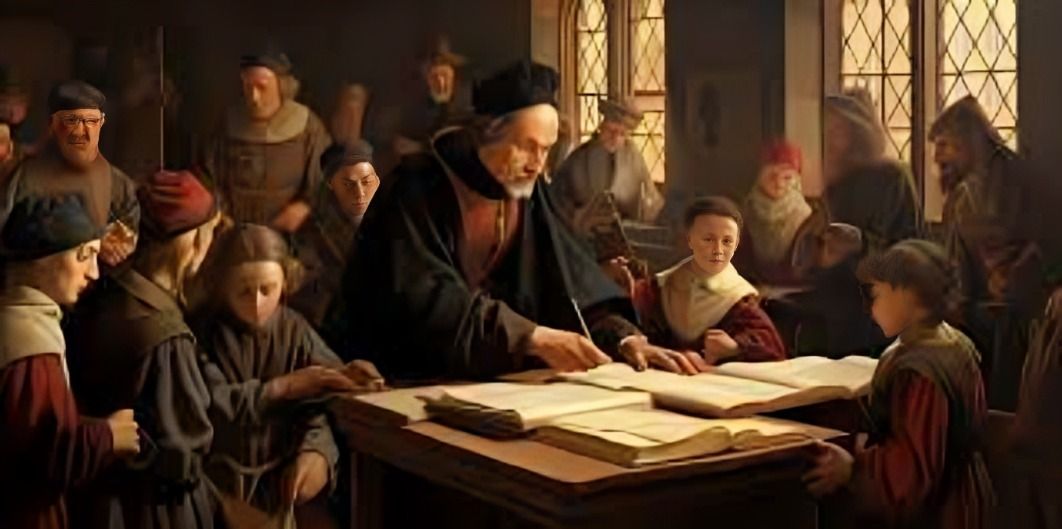
“
The transition from Roman society to feudal Europe marked a profound shift in cultural, political, and social structures. As the Roman Empire declined, new systems of governance, land ownership, and class hierarchy emerged, laying the groundwork for medieval Europe. This factsheet on The Transformation of Roman Society into Feudal Europe highlights the changes in power dynamics, the rise of feudal lords, and the evolving role of religion. Uncover the fascinating details behind this transformative era that reshaped Europe’s historical trajectory.1
”
Feudalism emerged as Western Rome declined, with landowners seeking protection from invasions. Kings granted fiefs to nobles in exchange for loyalty, establishing a hierarchical system of governance and landholding.1
In 476 AD, Romulus Augustulus, Rome's last emperor, was deposed by Odoacer, a Germanic warlord. This event ended the Western Roman Empire, with Odoacer ruling Italy as king until 493.2
After the Western Roman Empire's collapse, Germanic tribes like the Ostrogoths, Visigoths, Vandals, and Franks established kingdoms, adapting Roman administration and culture, leading to the transformation of Rome into early medieval Europe.3
The Roman system of patrocinium (protection by elites) evolved into feudal vassalage, where lords provided protection to peasants in exchange for labor, shaping medieval societal structures. 4

The collapse of Roman systems caused economic decline, disrupting trade routes and leading to the shrinkage of urban centers. Economic activity shifted to rural areas, making former Roman cities smaller and less significant.
As Rome's centralized authority declined, feudalism emerged as a decentralized system. Local lords granted land to vassals in exchange for military service, creating a hierarchical society where nobles held power over territories.5
The shift to feudalism led to the decline of Roman urban centers, as economic activity moved to rural manorial estates. Many cities saw depopulation, while rural areas became the focus of economic life. 6
The manorial system, central to feudalism, structured medieval rural life. Lords granted land to serfs, who worked it in exchange for agricultural produce, ensuring local self-sufficiency during a period of reduced trade.7
The Carolingian Empire under Charlemagne bridged the gap between Roman and medieval Europe, with his coronation by the Pope in 800 CE symbolizing the fusion of Roman, Christian, and feudal ideals.8

The Catholic Church preserved Roman knowledge and culture through monasteries and convents, where monks and nuns copied ancient texts. This preservation was crucial for maintaining classical knowledge during periods of social and political upheaval.
The shift from the Roman Empire to the medieval world blended Roman and barbarian cultures, with Germanic rulers adopting Roman law, architecture, and customs, forming a new medieval culture combining diverse traditions. 9
New social and political institutions emerged, including the concept of chivalry and the knightly code, influencing warfare and values. Feudal lords established local courts and justice systems, replacing Rome's uniform legal framework. 10
Barbarian rulers like the Franks adopted Roman administrative practices, blending Roman traditions with tribal governance, laying the groundwork for medieval feudal monarchies. 11
Byzantine art, architecture, and culture influenced Western medieval Europe, especially in church designs. The Byzantine Empire also preserved classical knowledge and ancient texts, which were rediscovered during the Renaissance. 12

The decline of classical education during the early medieval period led to the loss of many Roman cultural and technological advancements. The Church preserved some knowledge, but the era saw reduced scientific progress.
The feudal hierarchy echoed Roman social stratification, with nobles replacing Roman elites and serfs taking the role of dependent laborers, maintaining continuity amid societal transformation.13
Roman engineering knowledge was preserved by monasteries, ensuring the survival of architectural techniques that influenced medieval castle and cathedral construction during the feudal era.14
The foederati (barbarian allies of Rome) became feudal vassals, integrating into the power structures of early medieval Europe while maintaining cultural traditions from their homelands. 15
Roman cultural institutions, including law and education, were preserved in feudal Europe through the Church, ensuring continuity despite the empire’s political fragmentation. 16
The transition from the Roman Empire to the medieval world involved political, social, and cultural changes. The fall of Rome led to new political entities and structures, shaping medieval Europe and Western civilization.17


